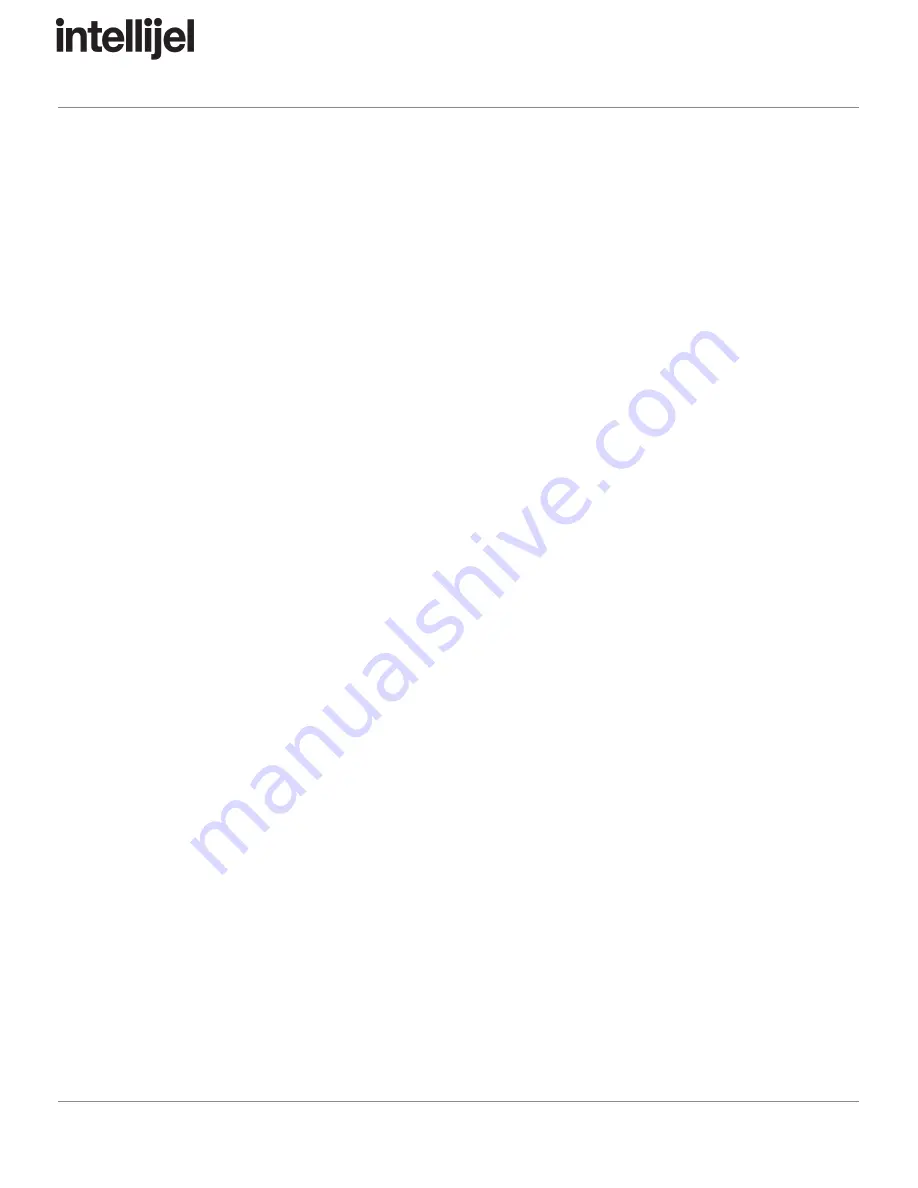
10/30/2018
Tetrapad 2.0 Manual - Google Docs
https://docs.google.com/document/d/18AFrtwTCpaE5_dPILqmrodOXnIIEmdZGws2Kx_eEC4M/edit#heading=h.akbpz6132fpo
45/63
Tetrapad Manual
Touching any pad outputs both a trigger and a gate signal, and pads respond to both
position and pressure, giving you expressive CV control over anything you want (such as a
VCA level or filter frequency).
Unlike Mode 3, Custom Keyboard Mode lets you define each and every note for each and
every pad on all four outputs. This allows for scales and note assignments beyond those
included in Mode 3’s Scale Library.
Using Custom Keyboard Mode
In Custom Keyboard Mode, the pads serve two purposes:
●
As a performance controller: touching one of the eight keys (each pad is divided into an
upper key and a lower key) sends a programmable pitch out each of the four outputs,
enabling you to play melodies from the Tetrapad. Gate and trigger signals are also
output, as well as pressure and position.
●
As an edit display: When you touch a key, you select it for editing (as indicated by the
four dim LEDs beneath the key’s surface). The four pads then display the pitch value
assigned to outputs 1-4, which you edit with the corresponding encoders as discussed
below.
Manual Note Assignment
1. Touch one of the eight keys to “play it,” and to enable it for note assignment.
Each of Tetrapad’s four pads is divided into a top half and a bottom half, resulting in
eight “keys.”
When you touch a key, four LEDs will light beneath your finger, indicating which key
you’ve pressed.
2. Release the key.
The key’s four indicator LEDs will dim (though remain slightly illuminated to indicate
the most recently touched and editable key).
Notice that beneath the surface of each pad is a single brightly lit LED, whose
vertical position indicates the note value that will be sent to the corresponding
Output. That is, the bright LED shown beneath Pad 1 represents the note that
appears at Out 1; the bright LED shown beneath Pad 2 represents the note that
appears at Out 2; etc.
Page 44






























